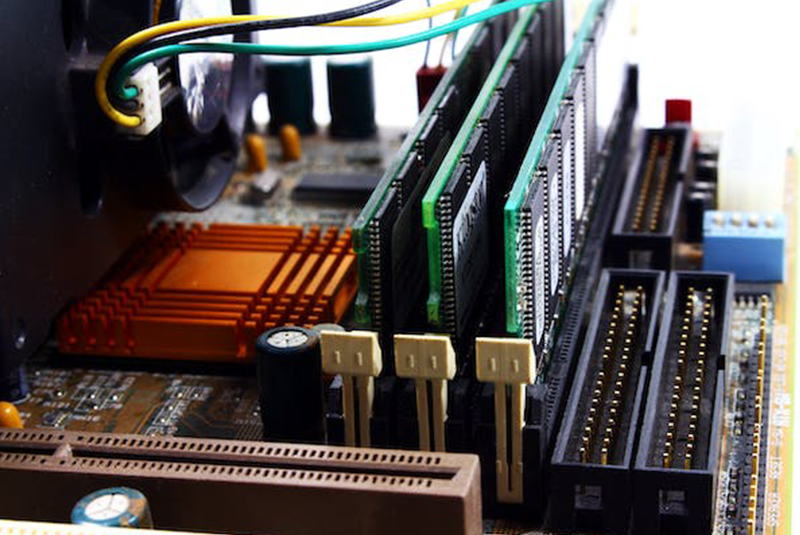Evolution of random access memory
Random Access Memory (RAM) stands as a cornerstone in the world of computing, facilitating swift data access and manipulation.
Its evolution has been a captivating journey, marked by relentless innovation and technological advancements. From humble beginnings to the cutting-edge technologies of today, RAM has played a pivotal role in shaping the landscape of modern computing
Early Days:
Magnetic Core Memory The roots of RAM trace back to the 1950s when magnetic core memory emerged as the pioneering technology. Utilizing tiny magnetic cores strung together by wires, this form of memory offered fast access times and reliability compared to its predecessors like delay line memory. Though efficient for its time, magnetic core memory was bulky, expensive, and had limited capacity, making it unsuitable for mass adoption.
The Rise of Semiconductor Memory:
Birth of DRAM The advent of semiconductor technology in the 1960s heralded a new era for RAM. Dynamic Random Access Memory (DRAM) emerged as the first commercially viable semiconductor memory. Developed by Robert Dennard at IBM in the late 1960s, DRAM stored data as charge in a capacitor within each memory cell. This innovation drastically reduced size and cost while increasing capacity and access speeds, laying the groundwork for the digital revolution.
DRAM’s dominance persisted through the 20th century, with constant refinements leading to improved performance and density. However, DRAM’s reliance on capacitors for data storage posed challenges such as data loss due to leakage and the need for frequent refresh cycles, hindering its efficiency and reliability.
Static RAM (SRAM) and Cache Memory Simultaneously, Static Random Access Memory (SRAM) emerged as an alternative to DRAM. SRAM, characterized by its use of flip-flops to store data, offered faster access times and did not require refreshing like DRAM. This made SRAM ideal for cache memory in CPUs, where quick access to frequently used data is paramount. Despite its speed and reliability, SRAM’s higher cost and larger size limited its application primarily to cache memory rather than main memory.
DDR SDRAM and the Era of High-Speed Memory As computing demands surged in the late 20th century, a new generation of memory technologies emerged to meet the requirements of faster processors and data-intensive applications. Double Data Rate Synchronous Dynamic Random Access Memory (DDR SDRAM) revolutionized the industry with its ability to transfer data on both the rising and falling edges of the clock cycle, effectively doubling data transfer rates compared to conventional SDRAM.
DDR SDRAM became the de facto standard for system memory, powering a wide array of computing devices from desktops to servers. Subsequent iterations such as DDR2, DDR3, and DDR4 further refined performance, power efficiency, and capacity, catering to the evolving needs of the computing landscape.
The Future: DDR5 and Beyond As we step into the future, the evolution of RAM continues unabated. DDR5 SDRAM, with its higher data transfer rates, increased capacity, and improved power efficiency, is set to redefine the performance standards for next-generation computing systems. Additionally, emerging technologies like HBM (High Bandwidth Memory) and MRAM (Magneto-resistive RAM) hold promise for even faster, denser, and more energy-efficient memory solutions.
The evolution of Random Access Memory (RAM) has been a testament to human ingenuity and technological progress. From the rudimentary magnetic core memory of the 1950s to the cutting-edge DDR5 SDRAM of today, RAM has continually pushed the boundaries of what is possible in computing. As we look ahead, the journey of RAM is poised to continue, driving innovation and shaping the future of technology in ways we have yet to imagine.


